- November 23, 2024
-
-
Loading

Loading

When Margaret Barbieri found a yellow note card on her dressing room table, she admits she felt a bit nervous. She recalls how Dame Ninette de Valois, choreographer and founder of the Royal Ballet, would leave these notes when she wanted to speak to a dancer in private.
It could simply be a routine message. Or not.
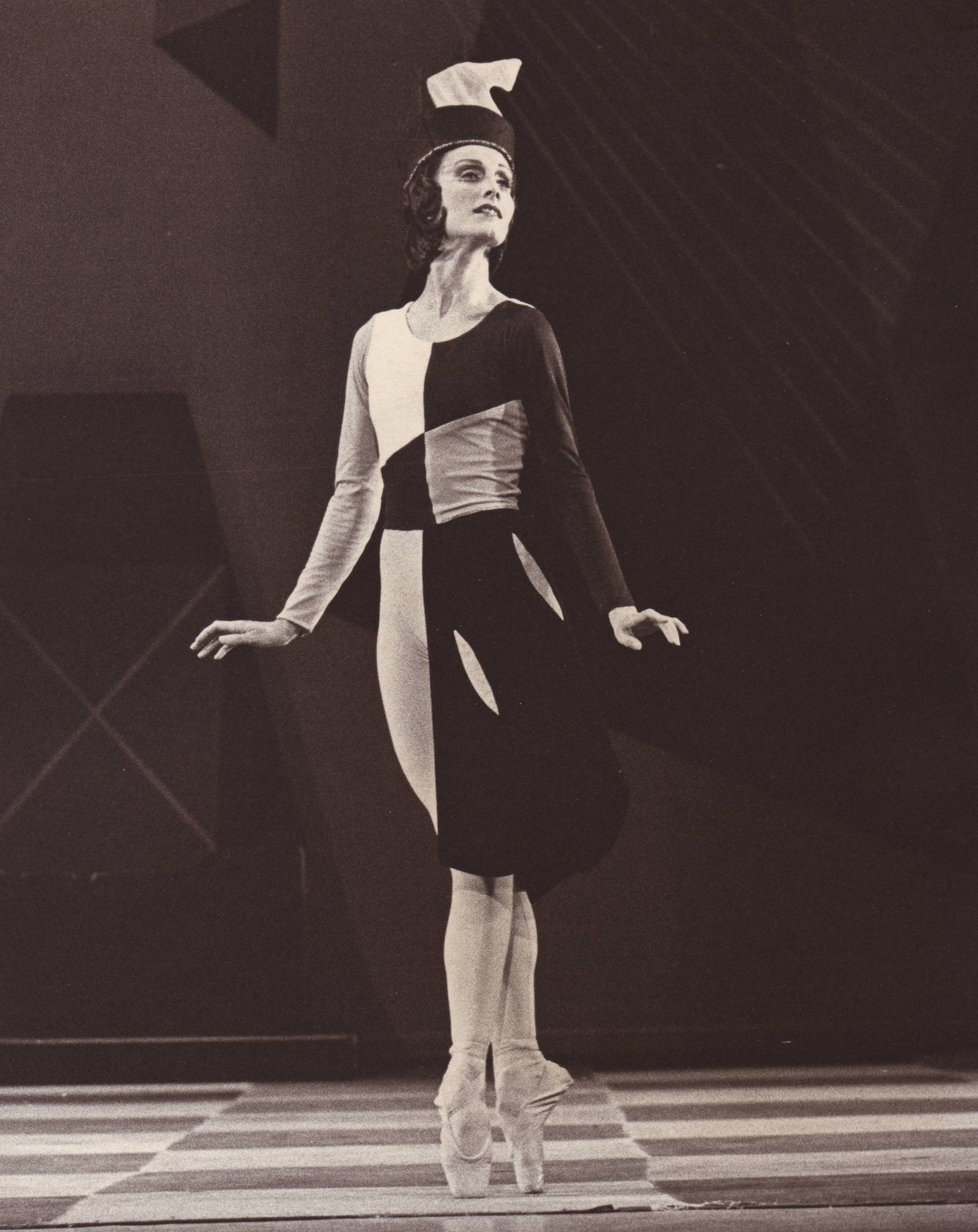
“The note said the director wanted to see me,” says Barbieri, recalling her time as a principal with the Royal Ballet from 1970-1990. “I thought, ‘Oh God, am I in trouble?’”
He fears were quickly quelled. De Valois, she would discover, wanted her to dance the lead role of the Black Queen in her original ballet, “Checkmate.” As the ballet’s choreographer, de Valois wanted to work directly with Barbieri to teach her the part.
“I was over the moon,” says Barbieri, now assistant director of the Sarasota Ballet. “When the ballet first came into our repertoire, I wasn’t chosen for the part. I’d earned the lead in the other two ballets, but secretly, I was disappointed.”
Still, the good news didn’t come without a challenge.
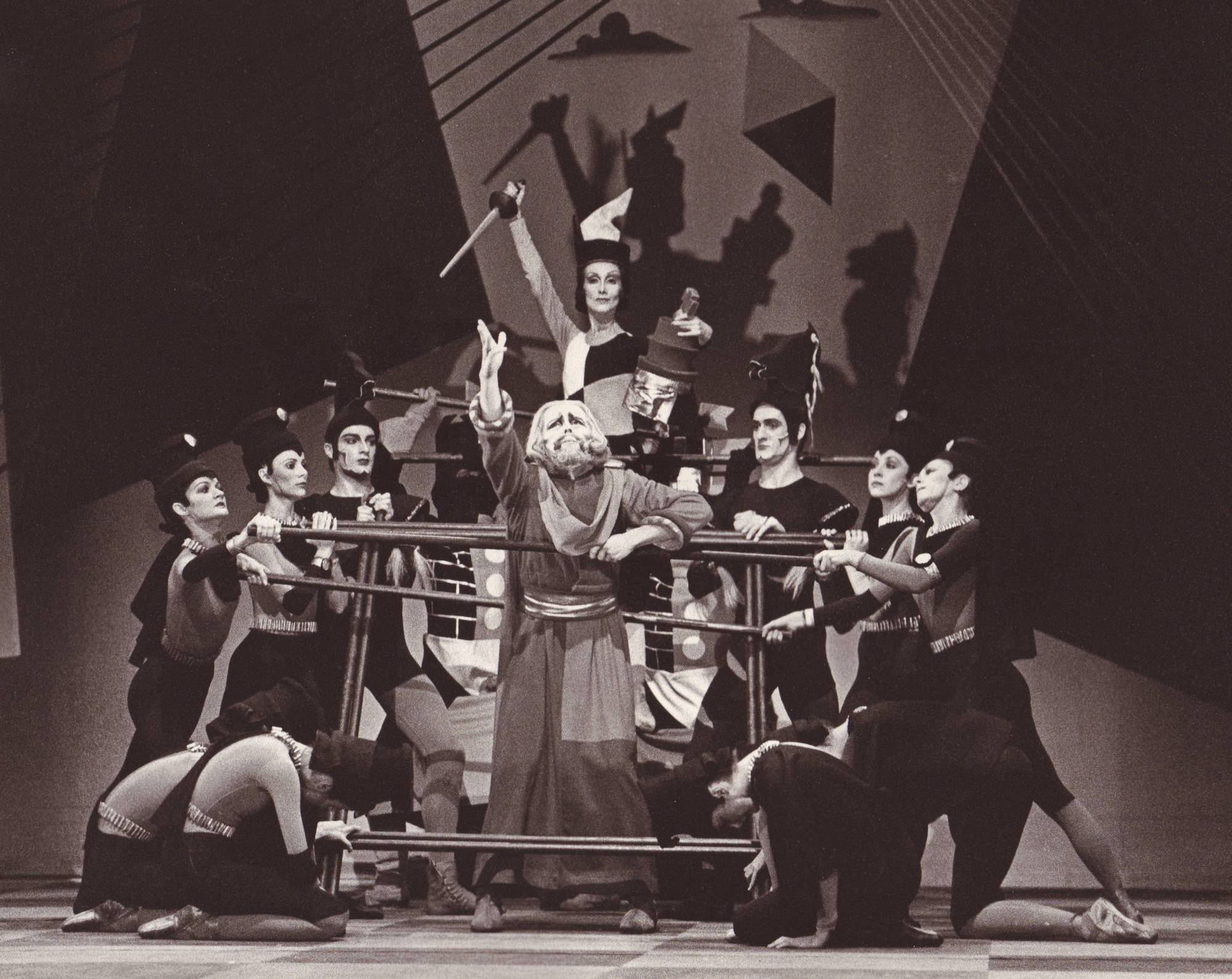
The ballet unfolds as a life-sized game of chess — a metaphorical battle between love and death. The Black Queen, as the bold female lead, uses hers powers of seduction, as well as her steely resolve to maneuver the board and eventually vanquish the aging Red King.
It’s a role that demands cold calculation and an air of heartlessness. At the time, however, Barbieri’s reputation was that of a strictly romantic dancer.
“First of all, you’re all wrong for the role,” De Valois told her. “But I think it’s good for you to do it. I’m going to coach you.”
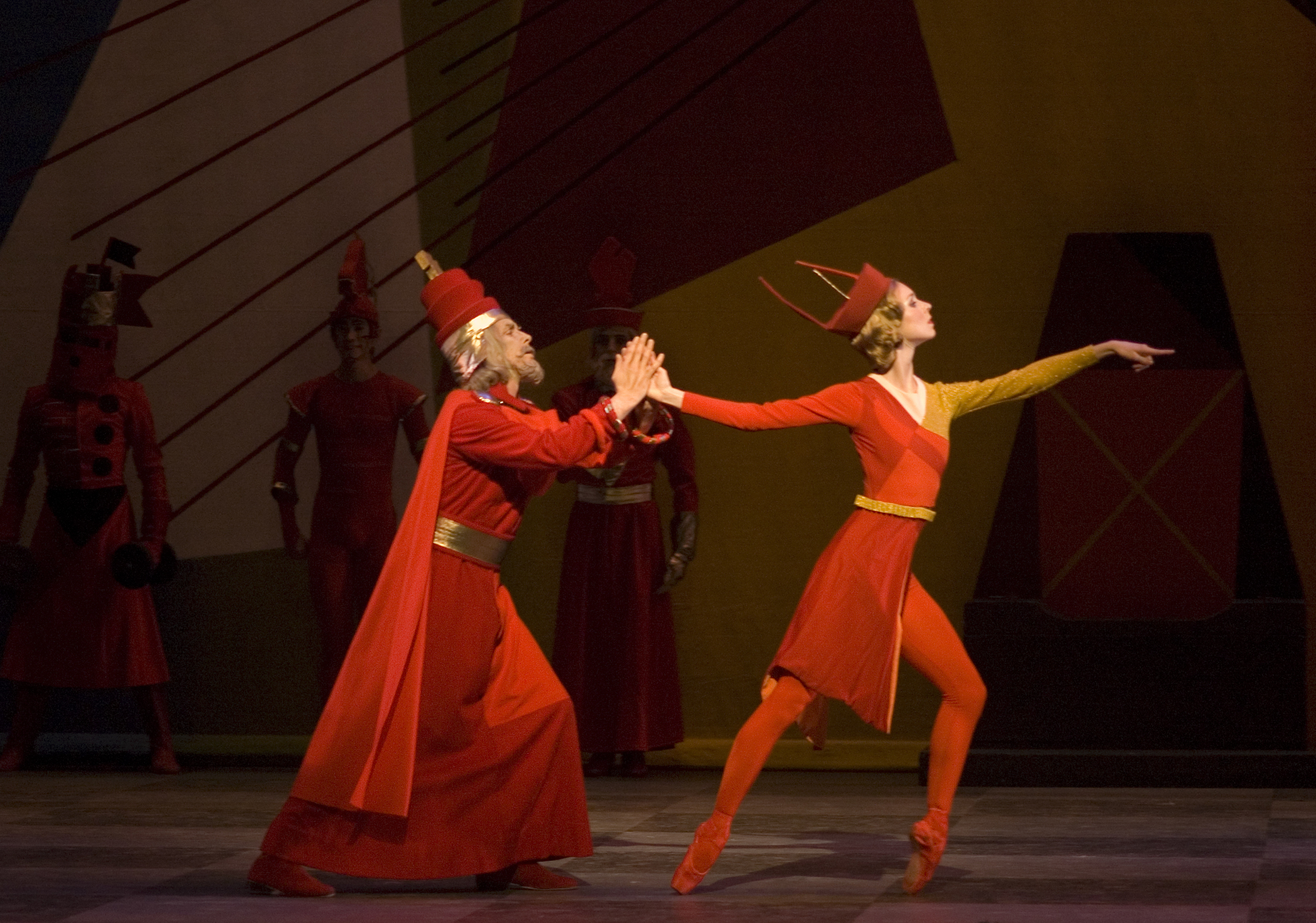
The role became a signature one for Barbieri, who is still regarded as one of the finest Black Queens to have danced the part. It also marked the start of a close personal relationship with the renowned choreographer, who died in 2011. In her office, Barbieri points to one of several photos of her with de Valois — bowing onstage following a performance of de Valois’ “The Rake’s Progress.” There’s another from a rehearsal of “Job.” There are even a few more personal offstage photos. Barbieri recalls how de Valois rocked her son Jason as a baby. She even once talked Barbieri out of leaving ballet to pursue a career farming exotic vegetables and opening a restaurant.
“She told me, ‘You mustn’t give up,’” says Barbieri. “I’m glad I didn’t. Of course, I didn’t know the first thing about owning a restaurant. I never wanted to let her down — I wanted to show that she was right to have faith in me.”
Now, in the final program of the Sarasota Ballet’s 2016-2017 season, Barbieri, along with renowned choreologist Grant Coyle, is staging “Checkmate,” along with “Valse Fantaisie” and “Tarantella” by George Balanchine and “Fancy Free” by Jerome Robbins. In “Checkmate,” Barbieri is passing along the lessons she learned to the Sarasota Ballet dancers.
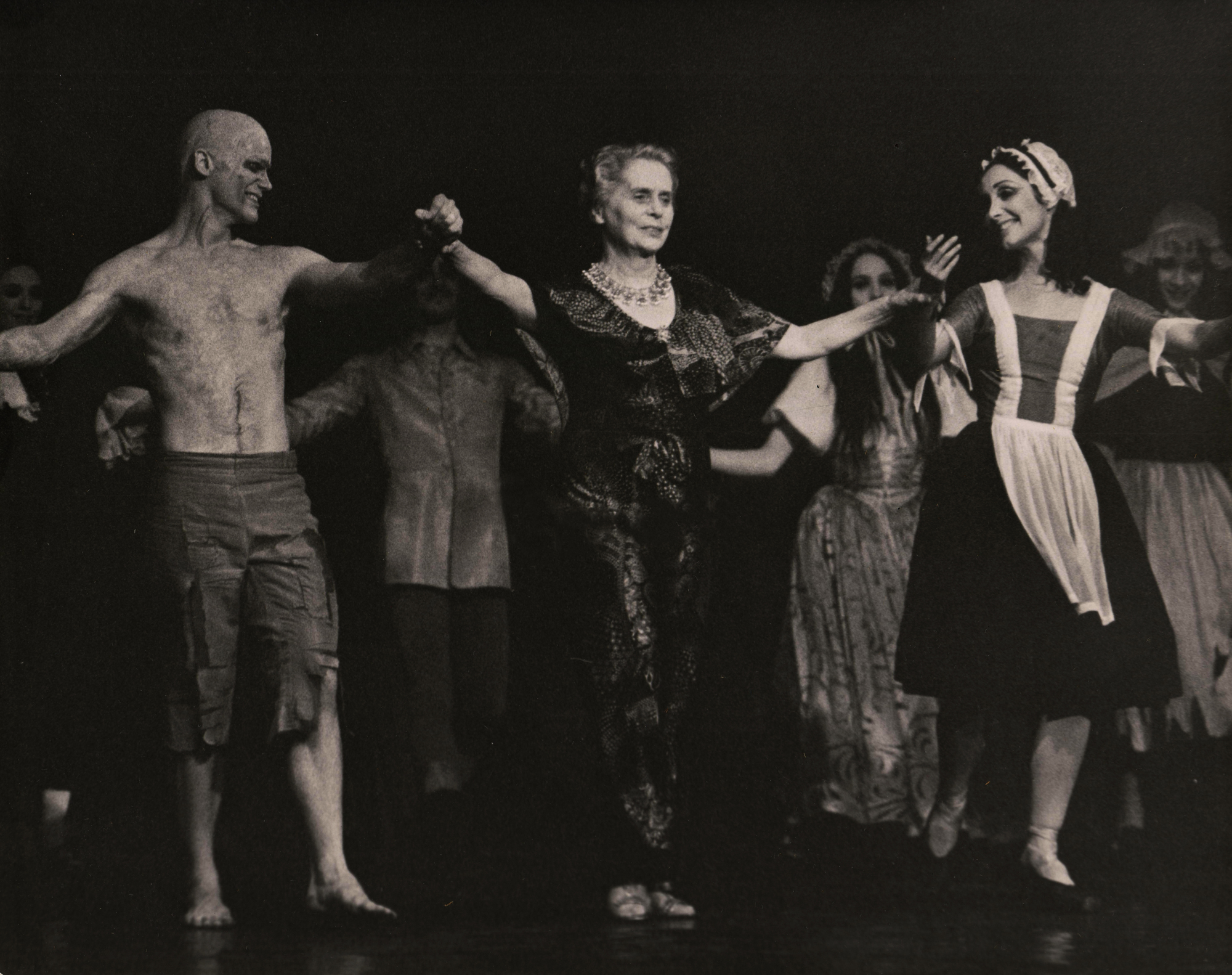
Outside FSU Center for the Performing Arts’ Studio 1, Sir Arthur Bliss’ classical music can be heard ringing through the hallways. Inside, Sarasota Ballet dancers wear brightly colored costumes, dressed as various chess pieces.
As the dancers rehearse, a game of cat and mouse unfolds. Pawns — happy little pawns, as De Valois liked to call them — skip about playfully. The Red King, showing his age, shuffles across the chessboard to take his place near the back.
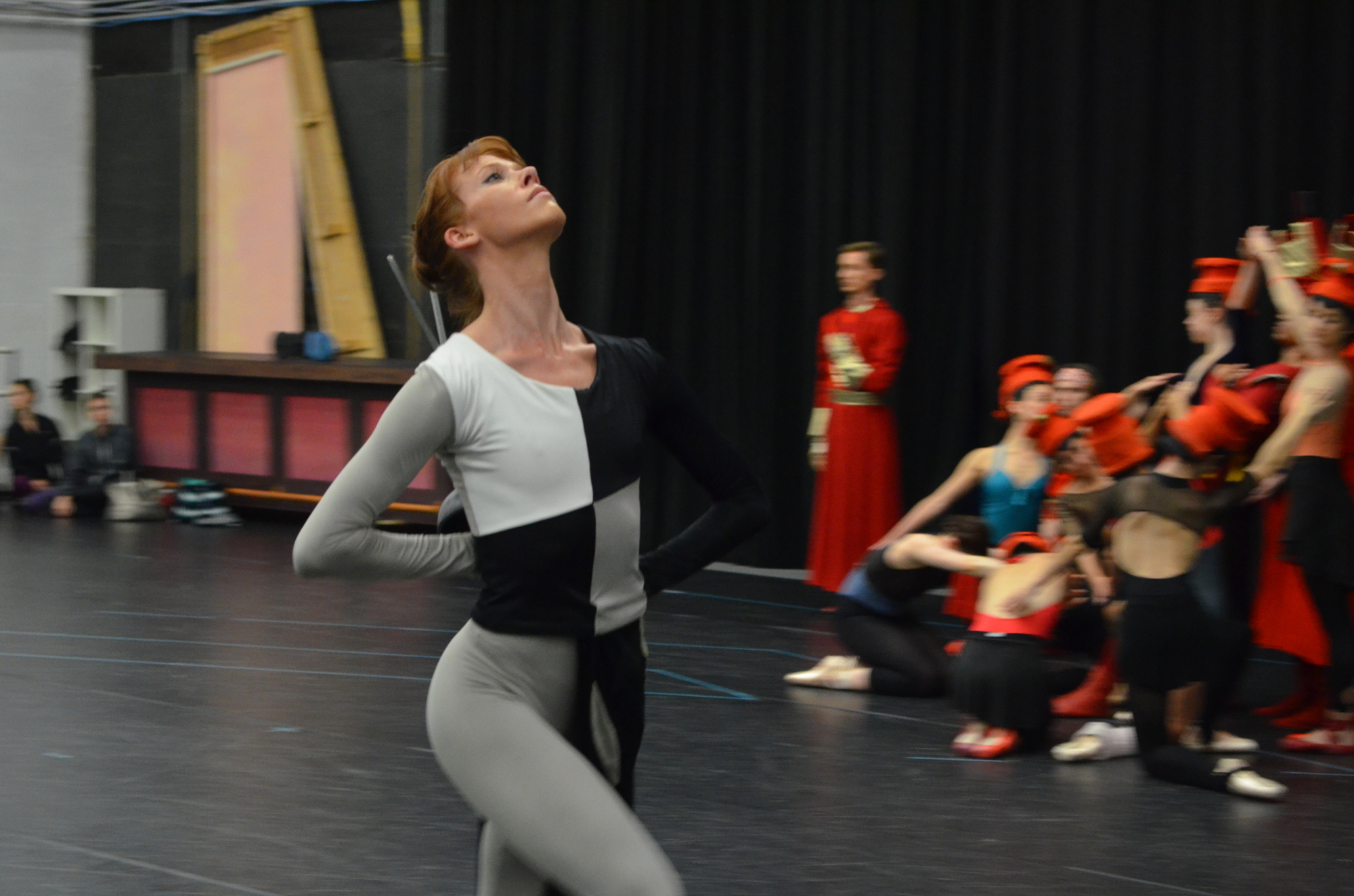
The Black Queen, confidently poised, weaves her way toward the king, seducing knights and outstepping bishops along the way — even toying with the king before sealing his fate.
Barbieri takes notes, watching the action from her seat at the mirrored front of the rehearsal studio.
“Learning the role from Maggie has been a dream come true,” says Danielle Brown, who dances the role of Black Queen the first night (Kristianne Kleine dances the matinee performances). “She’s one of best Black Queens that ever was.”
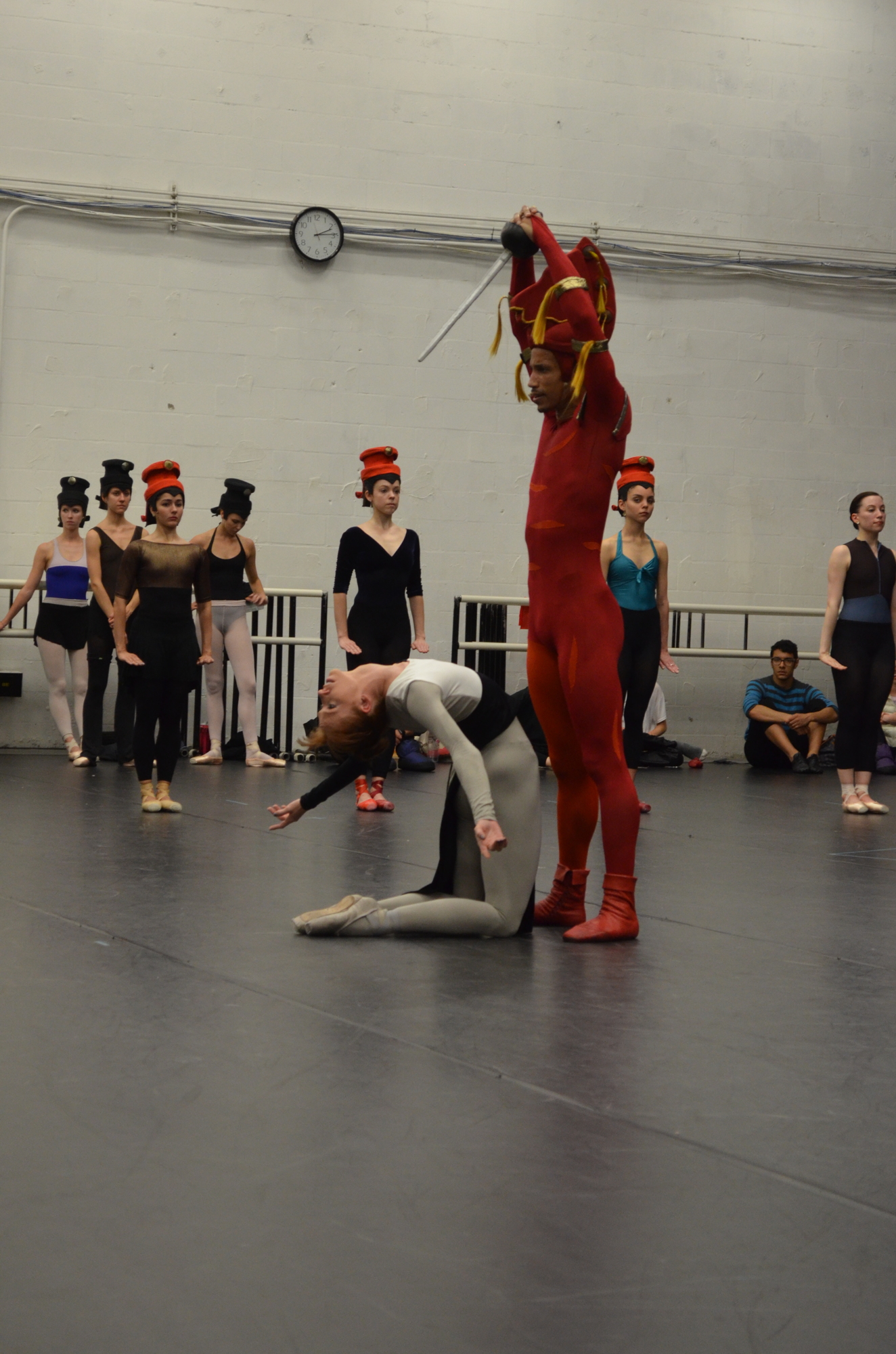
In one scene, the Black Queen is fighting off one of the Red Knights. The Red King has ordered the knight to kill her, but she’s just seduced him. Following a complicated flourish of jumps, she’s pleading for her life, exhausted, kneeling on the floor in a full back bend.
Torn between love and his orders from the king, the knight, danced by Ricardo Rhodes, slowly, dramatically turns to signal he’s unable to follow through with the kill.
Barbieri yells out to Rhodes, who’s milking the drama of the moment.
“She’s going to die!” she says. “She’s about to throw up — you have to do it faster.”

“Maggie has been there,” says Brown. “She knows all the little tricks, and where you feel tired and need to push a little more. The solo near the end is really difficult; she recommends grabbing something sweet to eat just before.”
Brown danced in the corps de ballet when Barbieri and the Sarasota Ballet first staged “Checkmate” in 2008. She’s honored to dance the part and proud to have matured enough to do the role justice. Mostly, though, she’s excited to pass Barbieri’s knowledge on to Sarasota audiences.
Killing the king is just an added bonus.
“It’s so much fun to come back to this ballet in a role that needs a bit more strength — one that’s even a little bit evil,” she says with a laugh. “I get to stab two guys out there. It’s amazing to think about how forward-thinking de Valois was when she choreographed this. I think it’s important to celebrate strong women — and who better to learn it from?”